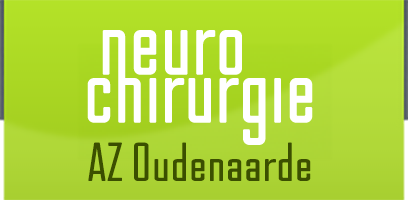Medical problems with the brain / skull
Brain haemorrhages
Brain haemorrhages can be caused by an accident but also by abnormalities in the blood vessels of your brain: so-called aneurysms.
Aneurysm
An aneurysm is an innate disorder of an artery in the brain. A weakness in the blood vessel wall causes the development of a small balloon, comparable to a protrusion on the inner tube of a bicycle. If this balloon then bursts, blood may sometimes spout directly into the brain, usually though around the brain. Treatment aims at stopping the haemorrhage and limiting its consequences.
Most aneurysms can be treated by a therapy named ‘coiling', through which the aneurysm is sealed by a catheter from the blood vessel itself.
If coiling is not an option, a surgical procedure named ‘clipping' is necessary.
Clipping a brain aneurysm
The surgeon opens the skull and the meninges on the side of the aneurysm. He makes use of the natural holes and cavities in the brain to get to the aneurysm without damaging the brain. Here, he will very carefully release the aneurysm, taking care that it doesn't burst again. He then places a clip (‘clipping') over the dome of the aneurysm to prevent it from haemorrhaging ever again.
Video
